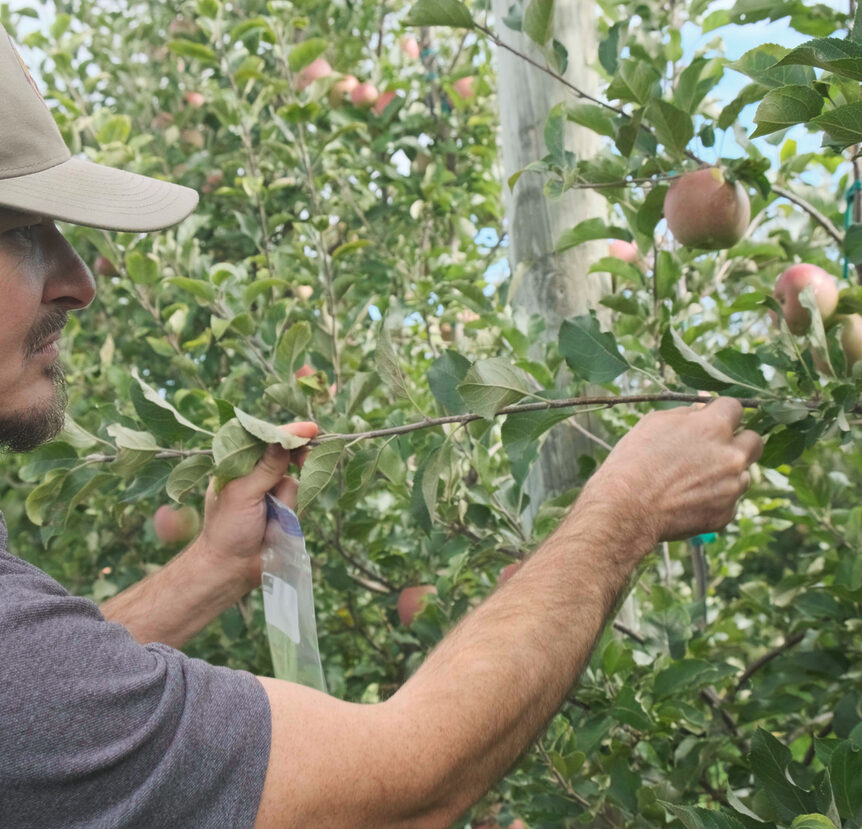Why Test Sap?
Have you ever felt like soil samples aren’t telling you the whole story? What if you could pinpoint plant nutritional issues weeks before they show up in the field?
Think of plant sap analysis like a blood test for crops. Testing sap provides a snapshot of nutrients in play at the time of sampling to yield 23 data points. These data can indicate nutrient excesses and deficiencies in crops ahead of when symptoms can be observed in the field. When performed at specific intervals in the crop lifecycle, sap analysis testing, along with existing agronomic data and grower observations, provide the basis for our farm services team to create custom regenerative crop strategies that target optimal nutrition for the best success of a high-performing, high-yielding crop.

Benefits of Plant Sap Analysis
Plant sap analysis offers the benefits of identifying nutrient crises before they occur, tracking nutrient flow and comparing levels to target values, addressing nutrient problems before they manifest as compromised vitality or yields, and enabling growers to solve problems proactively to achieve higher levels of quality and yield in their crops.
The Guide to Plant Sap AnalysisEquipping Growers with Timely Nutrition Data
Sap analysis, unlike tissue and soil testing, offers real-time insights into nutrient availability in plants. AEA utilizes sap test data to guide in-season ground-applied and foliar nutrition, enabling growers to promptly respond to field and plant conditions. This method, distinguishing itself from cumulative tissue testing and soil analysis, specifically identifies plant-available nutrients, making the data immediately applicable. Monitoring nutrient levels in plant sap provides practical, detailed information on nutrient mobility at various growth stages, empowering growers to make informed, data-driven management decisions.

AEA provides the most experience and proficiency in:
- Designing sample collection protocols
- Interpreting results
- Aligning test results to real-world outcomes



